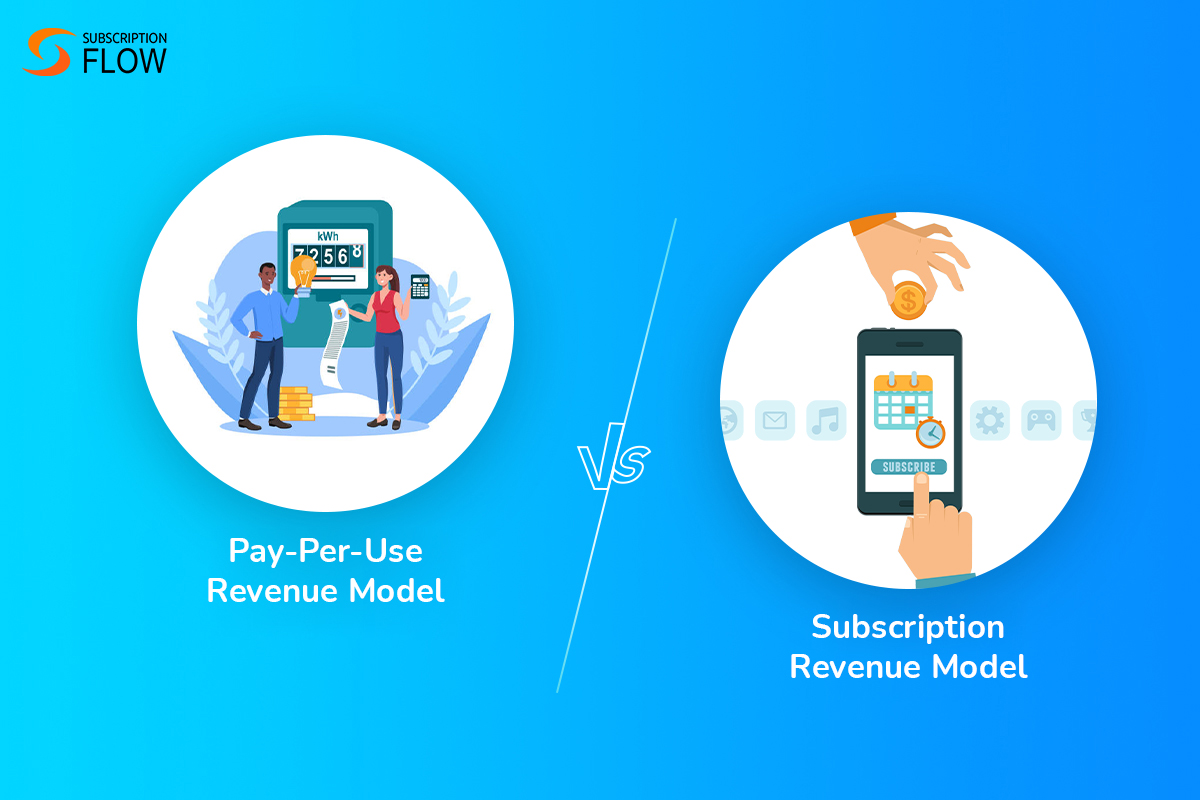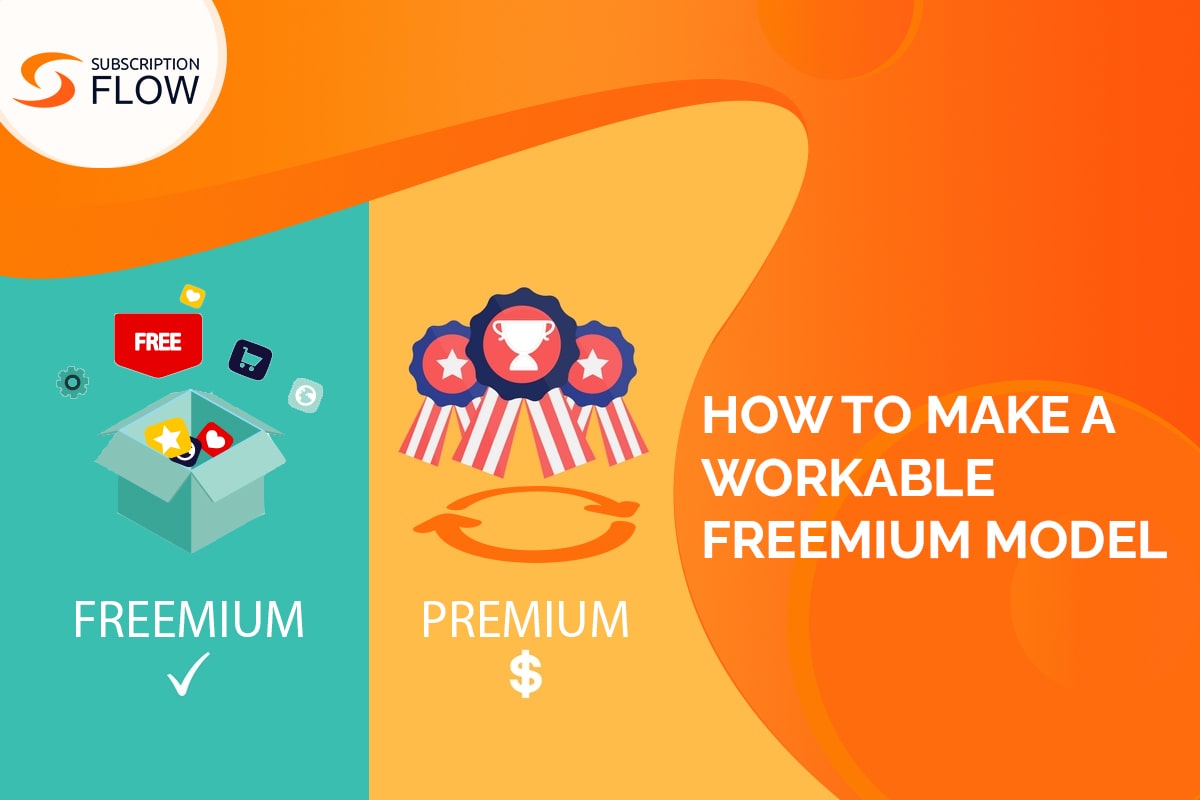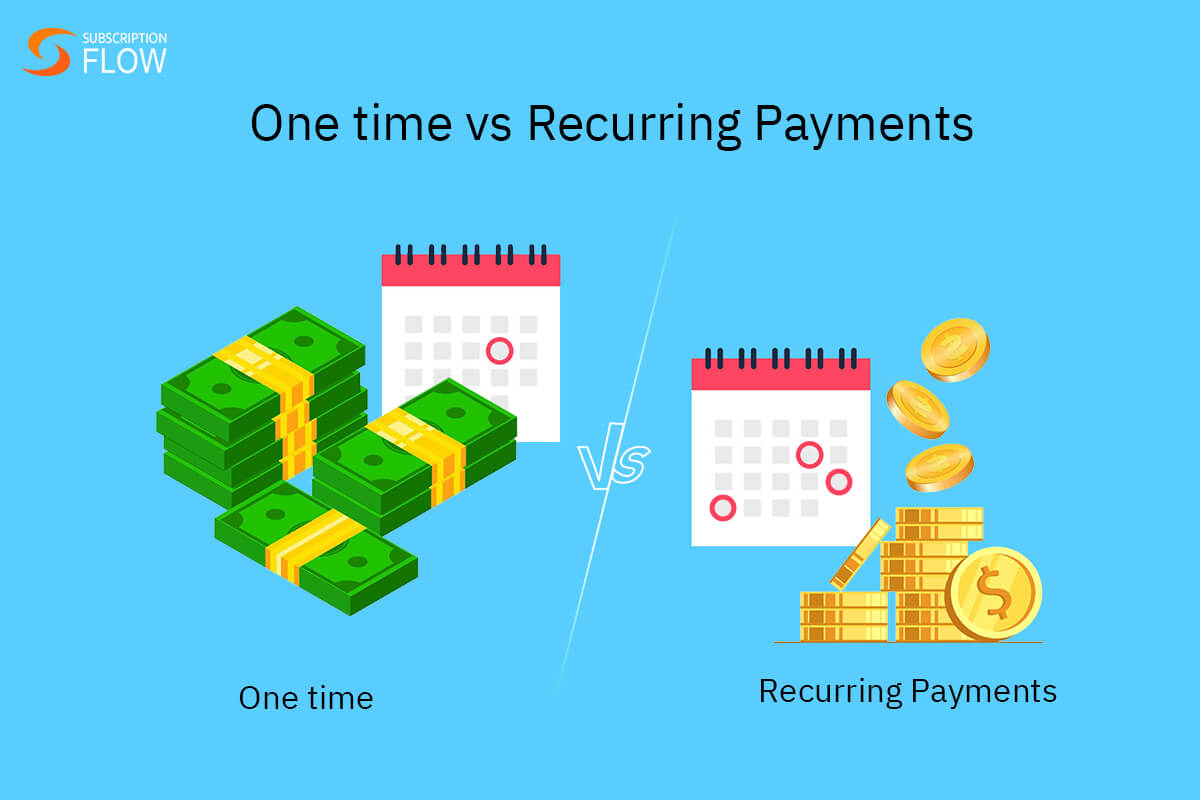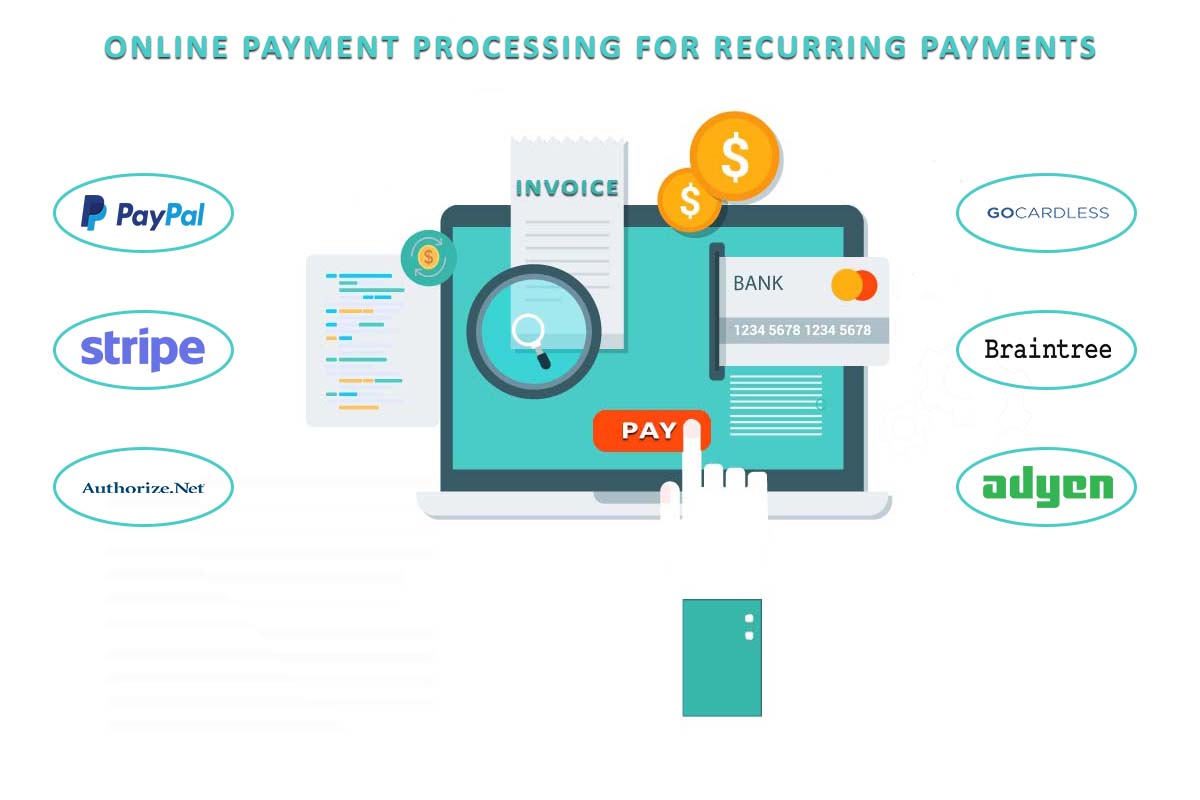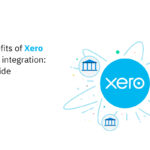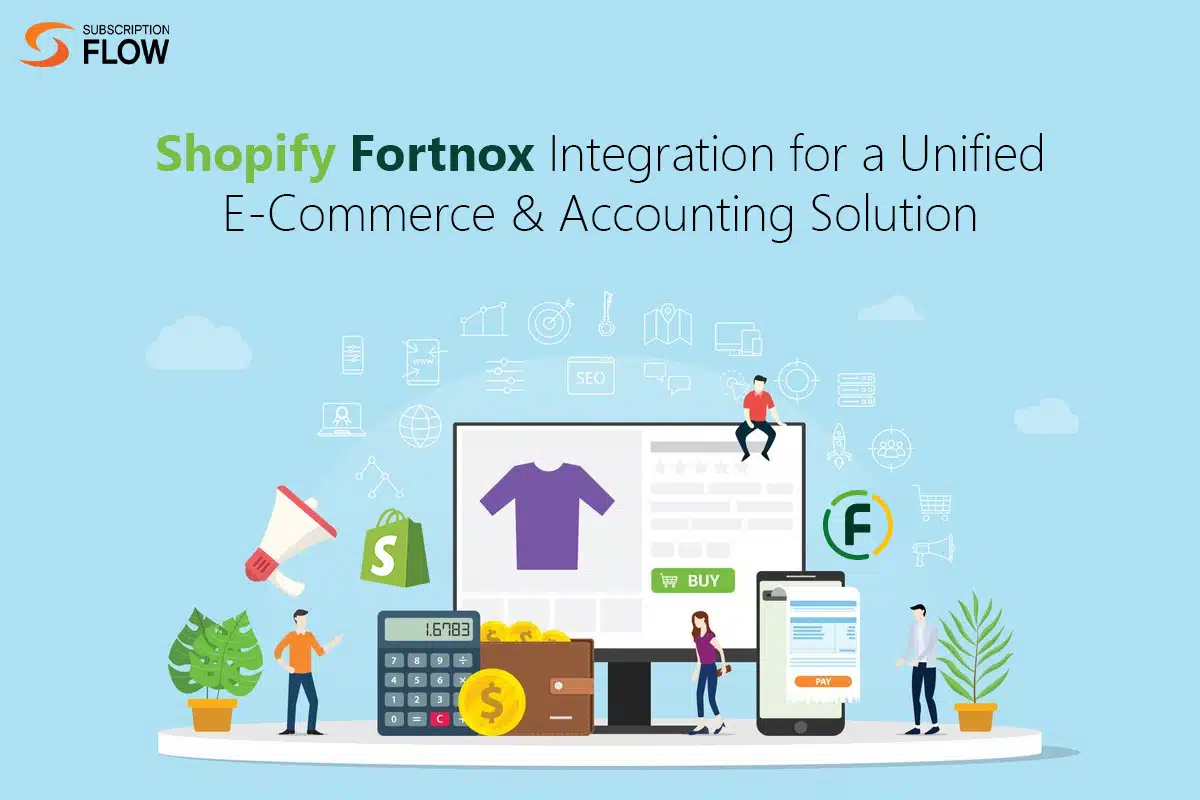
Shopify Fortnox Integration for a Unified E-Commerce & Accounting Solution
Is repetitive manual input, and scattered data causing you trouble? Worry not. The Fortnox Shopify integration is here to make your life easier. This integration unlocks seamless data syncing for you, so that you can push your Shopify data into Fortnox automatically.
You can manage your e-commerce store in Shopify, and connect with Fortnox for superb accounting. The best part is that your accounting is no longer slow and manual. Instead, it is fast, accurate and efficient.
Oh, and we have a great news for subscription businesses. If you are a subscription-based e-commerce store on Shopify, SubscriptionFlow sees to your needs from end to end. SubscriptionFlow integrates you with both Shopify and Fortnox to give you a self-sufficient operations network.
Without further ado, let’s discuss how the Shopify Fortnox integration can be a game changer for you.
Why is Shopify Fortnox Integration Necessary?
Fortnox is of Swedish origin, and is a renowned accounting platform in the European region. It is known for expert bookkeeping, compliant invoicing, payment reconciliation, and inventory management, to name a few features.
The Shopify Fortnox integration is designed for users that rely on Shopify for their e-commerce operations. Since Shopify does not support accounting natively, users need robust platforms like Fortnox to organize their finances.
This is especially true for e-commerce businesses that sell in European countries. They have to create invoices that are compliant with the regional e-invoicing regulations. In addition, many countries also mandate digital reporting for VAT compliance.
These demands can be met effectively with Fortnox. Yet, employing Fortnox and Shopify as individual standalone systems in not the correct approach. Here are a few reasons why:
- Manual Data Input: It becomes extremely time and resource-intensive. Each time Shopify receives a new order, you will need to manually input the order information in Fortnox for invoicing.
- Higher Scope for Errors: Manual input always has scope for human error. Human errors can end up being expensive since they may cause billing errors, lost data, and generally incorrect financial reports.
- Delayed Payments: Since manually creating invoices in Fortnox is slow, you might not be able to send customers their bills on time. This can lead to delayed revenue. It can be especially troublesome for businesses with a large volume of customers. They need to ensure that every single one of their customers get a fast and smooth payment experience.
- Tax Compliance: There are special tax rules, such as for VAT, in the European countries that need to be followed in earnest to avoid penalties. Fortnox helps in staying complaint with these regulations.
- Less Focus on Growth: Having to manage data in two independent platforms (Fortnox and Shopify) requires a major chunk of your focus. You become unable to give your undivided attention to the growth of your e-commerce business. This integration reduces your burden so you can focus on your business growth better.
Setting Up Shopify Fortnox Integration
Shopify enables users to download the Fortnox app from within its system. After the app is downloaded, users are provided with a step-by-step guide on how to set up this integration, and sync data with Fortnox.
Businesses can configure their data syncing settings to set up syncing schedules and permissions. They can also tailor Fortnox solutions to match their needs, such as setting up accurate tax codes.
These are the items that users can sync between Shopify and Fortnox:
- customer information
- product details
- orders
- invoices
- shipping charges
and more. By syncing this data, businesses can ensure accurate bookkeeping, and benefit from Fortnox’s inventory management for physical products—all without disrupting customer experience in Shopify.
Advantages of Shopify Fortnox Integration for Subscription Businesses
Shopify and Fortnox have formed a partnership so that users don’t face the issues that come with using these platforms as standalone apps. This duo offers e-commerce businesses a variety of benefits, some of which are listed as follows:
- Automatic Data Synchronization
Whenever you receive a new subscription order in Shopify, the order details are automatically shared with Fortnox. The details include the products, their shipping charges, applicable taxes, and so on.
This syncing ensures that your data stays up to date across both platforms, and your accounting is always error-free.
- Invoice Generation
Businesses can use Fortnox to generate invoices for their Shopify customers. They can automate workflows so that once an order gets confirmed in Shopify, Fortnox generates an invoice for it on its own.
Users don’t have to manually fill in the customer and order details in Fortnox. They get synced automatically, ensuring the generation of accurate invoices. These invoices can then be sent to the customers directly from Fortnox.
Fortnox supports electronic invoices, and can structure them in the PEPPOL BIS 3.0 format accepted in Sweden. You can also custom format your invoices according to your business needs.
- Inventory Management
Fortnox’s inventory management tools are essential for businesses selling physical subscription items. They can monitor their stocks in real-time. Whenever an item gets sold or restocked in Shopify, these changes are reflected in the Fortnox inventory.
Fortnox helps businesses maintain optimal item amounts to prevent overstocking and understocking. It also matches invoices from suppliers to the actual deliveries received, so that you can track any missing items.
- Automatic Payment Reconciliation
Fortnox matches Shopify payments with customer invoices automatically. Whether the payment has been made via PayPal, Shopify Payments or any other payment method, Fortnox tracks it accurately and matches it with its invoice.
Such matching allows businesses to identify payment discrepancies. Unpaid invoices are flagged so that they can be addressed timely.
- Centralized Business View
This integration provides you with a holistic view of your business performance. There are no data-silos. Businesses get to benefit from a centralized data view in Fortnox. This lets them evaluate their earned revenue, total profit, expenses, and much more, based on Shopify data.
Businesses can also rely on Fortnox for generating accurate and comprehensive financial reports, such as profit/loss statements. This saves up a lot of their time, and assists in compliant revenue reporting.
- Simplified Tax Management
Businesses can enter country specific tax codes in Fortnox so that it can perform tax calculations accordingly. The platform helps in applying taxes to items, as well as in tax filing. You can also generate detailed VAT reports with only a few clicks, and stay compliant.
SubscriptionFlow Connects Shopify Fortnox Integration with Subscription Invoicing
SubscriptionFlow presents recurring invoicing solutions for subscription businesses using Shopify and Fortnox. SubscriptionFlow supports seamless integrations with both Fortnox and Shopify.
Businesses can leverage this integration to link e-commerce, smart accounting, and recurring invoicing together. They can use Shopify to manage their front-end sales, SubscriptionFlow for recurring billing, and Fortnox for back-end bookkeeping.
This integration is a perfect match for you even if you deal with subscriptions and one-time products simultaneously. Here’s what it offers:
- Automated Recurring Invoicing
You can auto-sync your Shopify customers with SubscriptionFlow for generating invoices. SubscriptionFlow allows you to set up flexible billing schedules, and customized subscription plans.
It automatically tracks each of your customer’s billing dates, and issues them invoices timely. It also enables automated invoicing which doesn’t require manual input from you or your customers.
Once subscription invoicing is set up in SubscriptionFlow, you can seamlessly sync your financial details in Fortnox for easy bookkeeping. Fortnox can format your invoices to make them compliant with specific invoicing regulations.
- Complicated Subscription Billing
E-commerce businesses can use SubscriptionFlow to deal with complicated recurring billing scenarios. These can include accurate application and calculation of discounts and coupons. It can also include prorated billing for subscription modifications made by customers mid-cycle.
These billing calculations are automatically reflected in the invoices which are sent to Fortnox for account reconciliation, and the generation of error-free financial statements.
- Subscription KPIs & Revenue Recognition
SubscriptionFlow allows insights into key subscription metrics such as MRR (monthly recurring revenue), ARR (annual recurring revenue), CLV (customer lifetime value), churn rate, and more. These metrics can be accessed through our intuitive dashboard, and are updated in real-time.
Fortnox integration can be used to accurately track earned and deferred revenue, and generate revenue recognition reports. These reports comply with the ASC 606 and IFRS 15 standards for recognizing revenue.
- Efficient Subscriber Management
SubscriptionFlow expertly manages the accounts of your Shopify customers. It allows your customers to create their own self-service portals so that they can manage their subscriptions on their own.
This reduces your administrative burden, as customers can modify their subscription plans and cancel them without having to go through back-and-forth communication with your business. In also boosts subscriber engagement by making the subscription experience interactive for them.
SubscriptionFlow adjusts subscription changes easily, and prorates charges as needed.
- SubscriptionFlow Custom Checkout for Shopify
SubscriptionFlow enables you to embed its custom checkout within your Shopify cart. This facilitates direct transactions. Customers do not have to be redirected to external payment pages to complete their purchase.
You can avoid checkout charges by using SubscriptionFlow Shopify custom checkout. When users confirm a purchase, they are taken to SubscriptionFlow’s checkout. This checkout can be completely customized and adapted to the needs of your business.
You can use both of these in accordance with your subscription requirements. You can utilize embedded checkouts for simpler and more direct payments. Or, you can opt for hosted checkouts for advanced customizations, and more personalized customer experience.
- Financial Reporting
Fortnox offers a range of financial reports such as profit and loss statements, balance sheets, and cash flow statements. Businesses can generate customizable reports to analyze their financial performance, and make informed decisions.
With SubscriptionFlow, Fortnox can smoothly collect your subscription data to create reports. You can export these reports for record keeping.
SubscriptionFlow allows for real-time data syncing across Fortnox and Shopify. If you are a subscription business looking for recurring billing management, e-commerce and accounting in a single solution, try SubscriptionFlow today. Our expert integrations help you work smarter.

